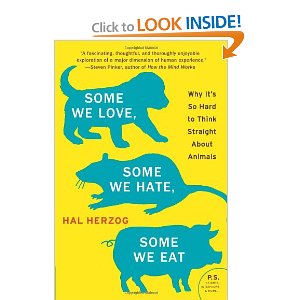Metaphor in technical writing
In the most general sense, a figure of speech is when you do something artistic with your writing. You’re probably familiar with alliteration and onomatopoeia, but how about synecdoche? (Look it up. You use it.)
I generally recommend a writing style that doesn’t call attention to the writing itself, so conspicuous figures of speech are generally not a good idea. The less technical your writing is, the more you can get away with using figures of speech. They add color and interest to the writing; make it a little more fun to read.
Metaphor is a figure of speech that compares two things by saying that one thing is the other. A post a while back contained a lot of metaphors. You learn about metaphor in grade school, usually with its cousin, the simile, which compares to things by saying that one thing is like the other. (“My love is like a red, red rose…”)
Normally you won’t find it a good idea to use metaphors in technical writing. You should stick to the literal truth, the plain facts. Metaphors can confuse the issue but bringing in extraneous concepts. Recently I read a book that was on a technical subject, but it was addressed to a lay readership, and the introduction was the perfect place for the author to use a couple of metaphors to make his description of his subject more vivid. The book is about anthrozoology, the study of how humans relate with animals. The title of the book is Some we Love, Some we Hate, and Some we Eat. It’s a pretty interesting read, and you can click the link to go to Amazon to get it. Here are the metaphors:
“How much money are you giving out?” I ask. Two and a half million dollars a year, she says. “Fantastic! This is just what the field needs,” I say. I am thinking that Layla is going to have a very full dance card for the next couple of days.
Anthrozoology is a big tent. It includes the study of nearly all aspects of out interactions with other species.
As academic disciplines go, anthrozoology is a small pond, but in the last two decades, we have come a long way.
Those quotes contain four metaphors. Can you find them all? The fourth one is so common you might not notice it.
I try to find an excuse to put up pictures, so here’s what the cover looks like:
Subscribe to this blog's RSS feed
Choose your words carefully part 2
If you haven’t already done so, read the previous post.
Here’s a professionally-written article on a scientific subject. The article is about house flies spreading germs. I’m not going to say the writer is wrong; I’m pointing out that you have a choice when it comes to picking what word to use, and your choice affects the tone of what you write. The farther from the literal truth, the more, well, poetic. Another reason I chose to comment on this article is that it begins with a poem by my favorite Chinese poet, Kobayashi Issa. Here’s some of the first paragraph:
Each day, in each country, a housefly is born. Lots of houseflies really. Houseflies have been being born around us for thousands of years. They are born of what everyone else abandons, corpses, cakes, and excrement.
Within four sentences, the writer uses “born” three times referring to flies hatching. The whole first paragraph of this Scientific American article about flies spreading contagion is full of imagery. I think maybe, perhaps, the use of “born” instead of “hatched” fits rather well, even in an article that later gives the scientific name of antibiotic-resistant fecal bacteria, especially if you read the entire article. What do you think?
Who was on the other side of Castor’s wall? A rooster. He was hatched.


